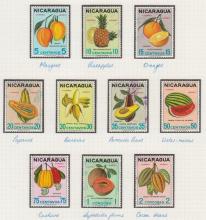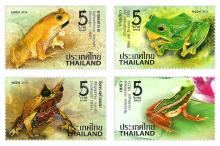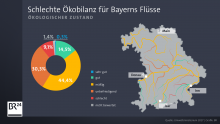Study finds 29 pesticides in Devon river
- Read more about Study finds 29 pesticides in Devon river
- Log in to post comments
Researchers have found 29 different pesticides in a single river in Devon. Tests on four rivers in the county revealed 34 pesticides in total, as well as nine antimicrobials and veterinary drugs. Scientists said they were surprised and concerned by the results, and warned there would be harmful effects for plants and wildlife. The tests were carried out using a high-quality new technique created by scientists in Greenpeace Research Laboratories at the University of Exeter.









